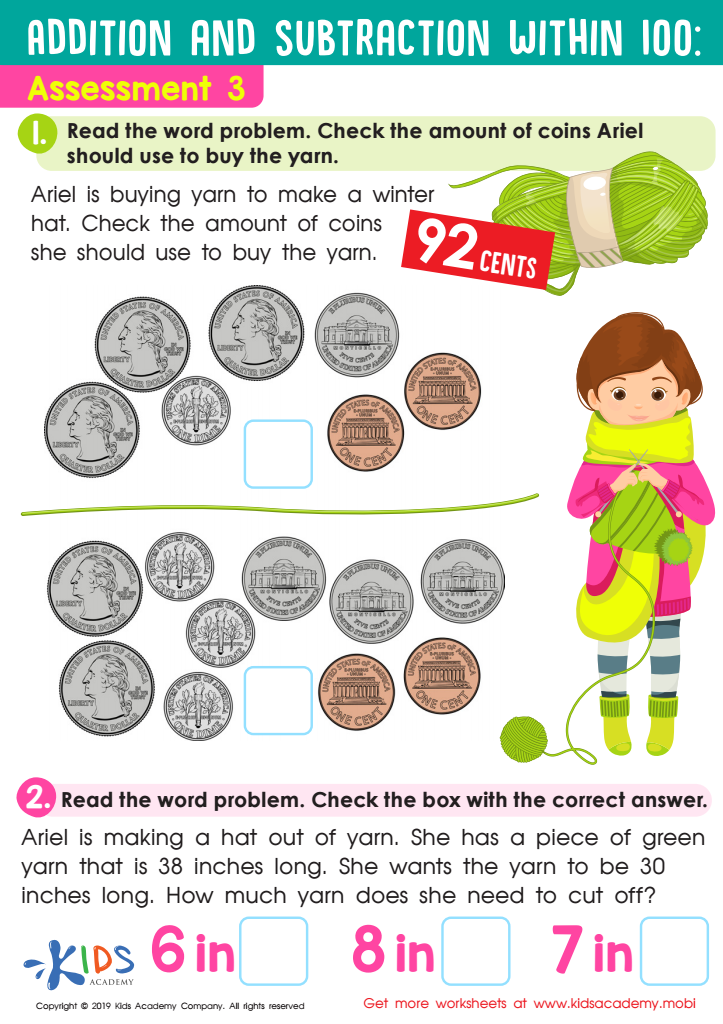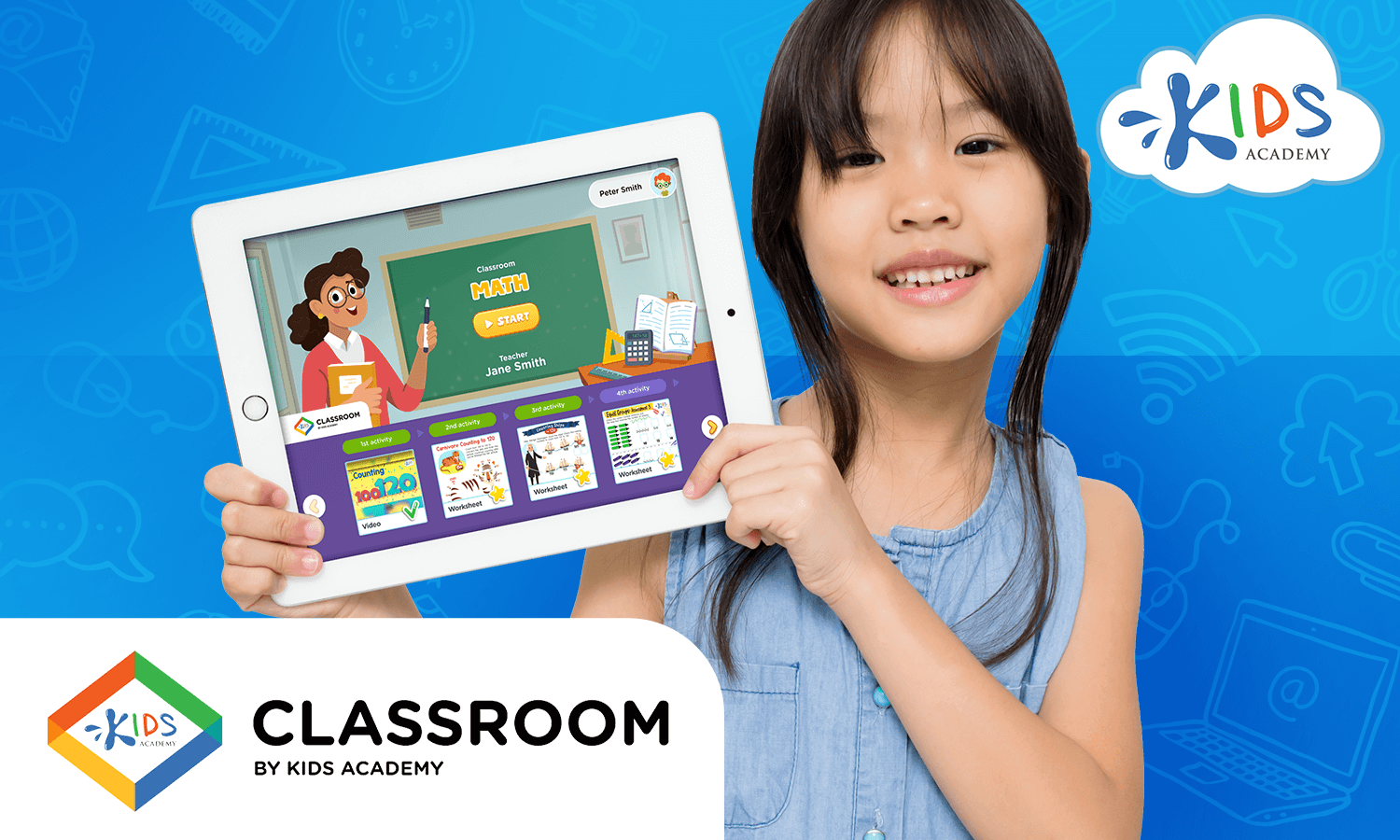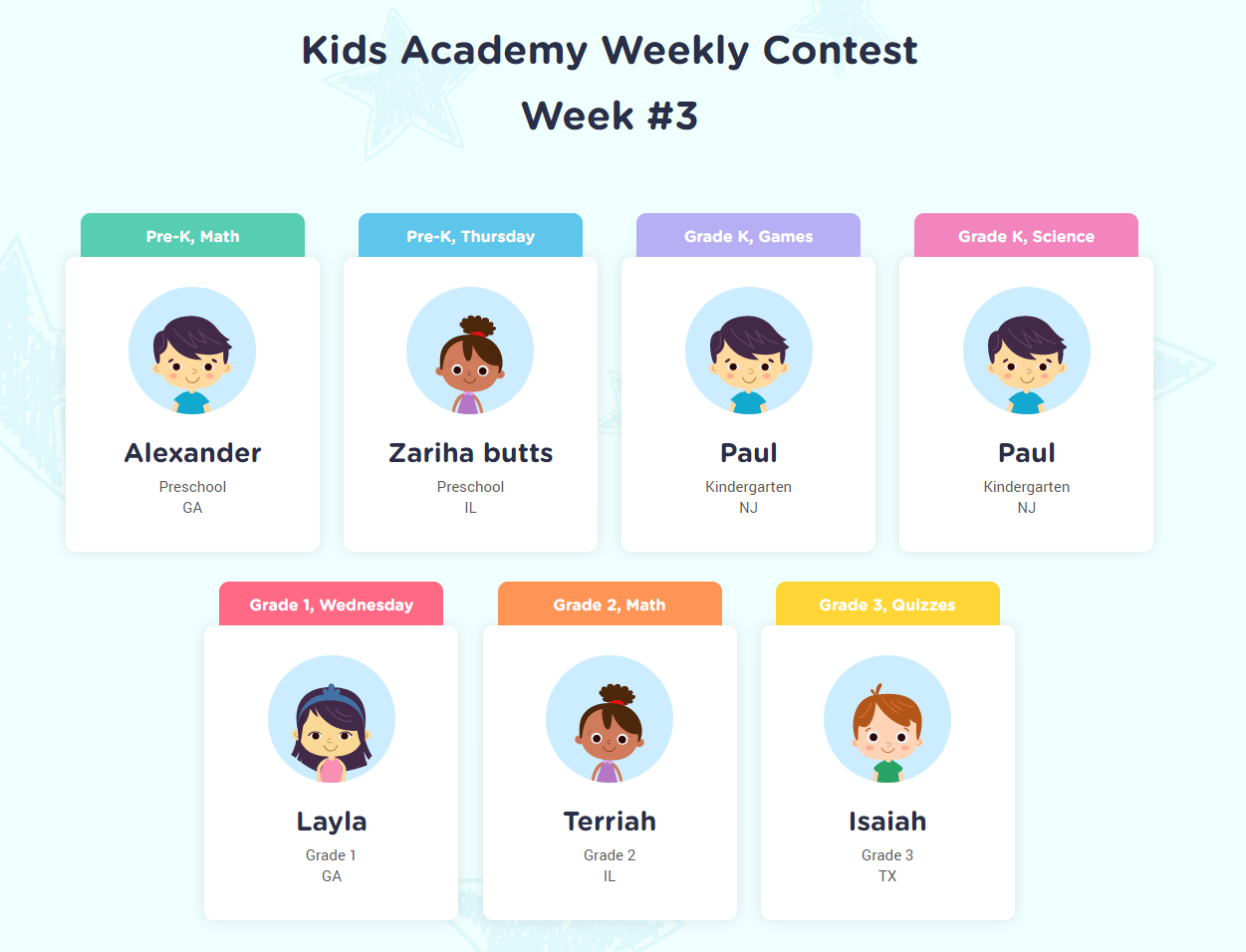1 filtered results
-
From - To


Assessment 3 Math Worksheet
Money worksheets activities are an invaluable resource when it comes to teaching children about financial literacy and the importance of money management. These activities are designed to be engaging and educational, breaking down complex concepts into understandable and practical exercises. By incorporating money worksheets activities into the learning process, students can gain a solid foundation in handling financial matters, setting the stage for responsible money management in their futures.
First and foremost, money worksheets activities help to demystify the concept of money. Through practical exercises, students learn about the different denominations of currency, how to make change, and the basics of budgeting. This hands-on approach not only makes learning about money fun but also cements essential math skills, such as addition, subtraction, multiplication, and division, within a real-world context.
Moreover, money worksheets activities introduce students to the concept of saving and investing. Through scenarios and simulations, young learners can understand the value of saving money for future needs and the basics of how investments can grow over time. This early exposure to savings and investment concepts is crucial in fostering a healthy attitude towards money that can benefit students throughout their lives.
Additionally, incorporating money worksheets activities in the curriculum promotes critical thinking and decision-making skills. As students navigate through various financial scenarios and challenges presented in the worksheets, they learn to weigh options, make decisions, and understand the consequences of their financial choices. This critical thinking practice is invaluable, not just in financial literacy, but in everyday life decision-making processes.
In conclusion, money worksheets activities are a powerful tool in education, equipping students with the knowledge, skills, and attitudes necessary to navigate the financial aspects of their lives confidently. These activities ensure that financial literacy is not just a subject learned in school but a lifelong skill that can lead to financial independence and success.
 Assign to the classroom
Assign to the classroom












